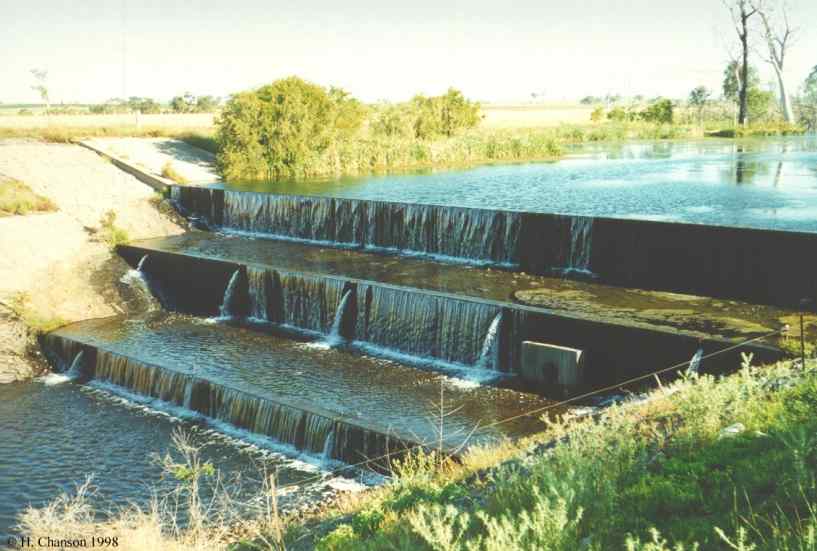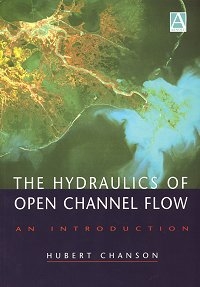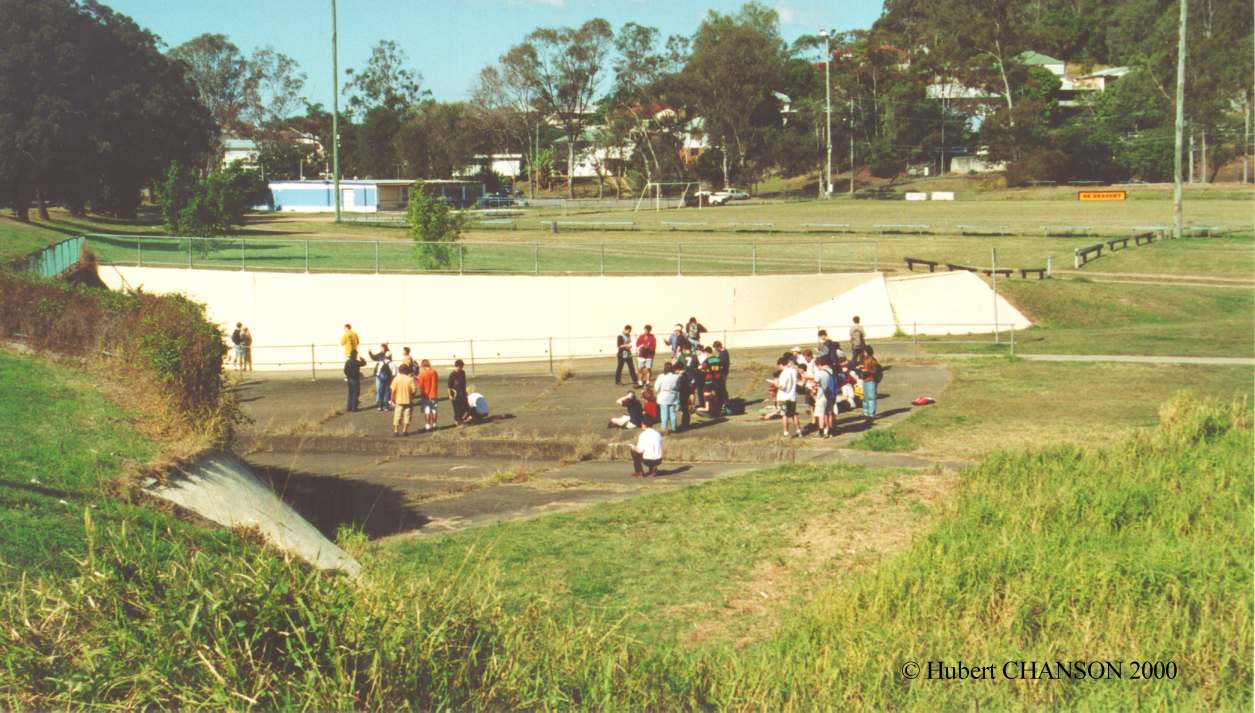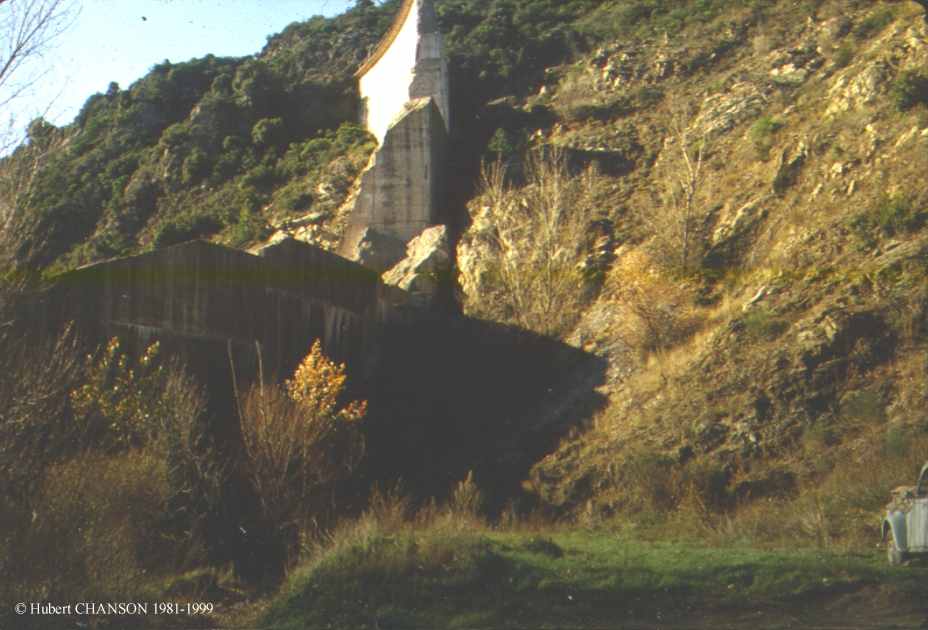 Joe Sippel weir, Murgon QLD
Joe Sippel weir, Murgon QLD Syllabus
Syllabus
Advanced open-channel hydraulics & applications: design of waterways, spillways, energy dissipators & hydraulic models.
Subject rationale: The aim of the subject is to develop a sound understanding of the hydraulic design of civil engineering structures. Fundamental fluid mechanics principles are applied to professional water engineering problems.
Subject goals: The subject E2321 is a professional subject in which the students learn how to apply fundamental principles to practical situations. The design of a hydraulic structure is based on a system approach. The hydraulic structure must be analysed as part of the surrounding catchment and the hydrology plays an important role. Structural and hydraulic constraints interact, and the design of a hydraulic structure is a complex exercise altogether. First the system must be identified. What are the design objectives ? What are the constraints ? What is the range of options ? What is the "best choice" ? Its detailed analysis must be conducted and the engineers should ask : is this solution really satisfactory ? During design stages, physical and computational models may be reliable 'tools' to compare the performances of various design options.After completion of the subject, each student will know how to apply the fundamental fluid mechanics principles to professional designs and they will be familiar with the multi-disciplinary aspects of an engineering project.
Assumed background: The subject is a professional design subject. It is expected that the students have mastered the fundamental principles of fluid mechanics (subjects E2223 & E2227) and that they have understood the basic concepts of catchment hydraulics. (subject E2320).
The subject outline may be downloaded : CLICK HERE (Word format, version 10/7/00).
+ CHANSON, H. (1999). "The Hydraulics of Open Channel Flows : An Introduction." Butterworth-Heinemann, London, UK, 512 pages (ISBN 0 340 74067 1). {Support website : http://www.bh.com/companions/0340740671} ERRATA [NEWSLETTER PDF File]Review by Professor W.H. HAGER, ETH-Zurich (Switzerland) in Wasser, Energie & Luft, 2000, Switzerland, No. 1/2, p. 55 :
"The author has succeeded in producing yet another excellent piece of work. [...] All in all, this is a well-written and carefully illustrated book which is useful for all civil and environmental engineers. Having an elaborate bibliography, an index of authors and an index of subjects as well as a description of project examples, it easily meets highest expectations."Review by Professor M. JOVANOVIC, Belgrade, Urban Water, Vol. 1, No. 3, p. 270. {Read Full Review}
"This book stands apart from similar previously published textbooks in two ways. Firstly, its scope has significantly been extended toward applications. Secondly, by including many exercises,notes, discussions, relevant photographs,and appendices with additional information, it has an original, hand-book-like presentation, very convenient for quick referencing, and use in engineering practice. Being more than a simple introductory textbook in open channel hydraulics, this book can be strongly recommended to students and engineers."

+ CHANSON, H. (1995). "Hydraulic Design of Stepped Cascades, Channels, Weirs and Spillways." Pergamon, Oxford, UK, 292 pages (ISBN 0-08-041918-6).Review by Professor N. RAJARATNAM, University of Alberta (Canada) in Jl of Hyd. Engrg., 1995, ASCE, Vol. 121, No. 12, p. 923 :+ Catchment Hydraulics, E2320 subject web site
"This book by Chanson presents a comprehensive treatment of stepped channels and spillways in nine chapters. [...] On the whole, Chanson has written a very interesting book on a subject that is attracting a great deal of interest [...]. This book would be very useful for hydraulic engineers connected with the design of dams and chutes. [...] This book provides and extensive list of references on stepped pillways and chutes along with several appendices dealing with the hydraulics of drops and air entrainment. The book also provides several worked examples."Review by Dr R.J. DE JONG, Delft Hydraulics (The Netherlands) in Jl of Hyd. Res., 1996, IAHR, Vol. 34, No. 2, p. 259 :
"This book is very much about stepped channels and chutes and contains a wealth of knowledge on these subjects. [...] The book is well documented [...]. Its provides an overview of many examples including the relevant characteristics, descriptions and theoretical backgrounds of types of flow [...], the related areas of applications, possibilities as regards models and their scaling effect. [...] The book should be studied with great attention and perhaps more than once if only to fully grasp its wealth of details before one begins applying this knowledge, but this is certainly not an unpleasant activity. I was pleased to feel that the author does all he can to assist the reader in coming to grips with the material by showing results in graphical form, adding comments to results and also giving examples of how to do calculations while in the process of making a design. [...] I am happy to have read the book and I can recommend it to those colleague active in this field of spillway research and design."
+ Softwares : HydoCulv and HydroChan by Hydrotools software
 Joe Sippel weir, Murgon QLD
Joe Sippel weir, Murgon QLDHydraulic designTutorial 1 : Physical modelling (version 7/7/2000)Text book exercises : http://www.arnoldpublishers.com/support/chanson/exercises/default.htm.
Tutorial 2 : Spillway design (version 27/7/2000)
Tutorial 3 : Culvert design (version 27/7/2000)
Worked examples : Culvert design (25/8/2000)
Hydraulic design
General information & Experiment description (18 July 2000)
Time schedule (18 July 2000)
Laboratory work is closely linked with the lecture program and it is an integral part of the hydraulics course. The students conduct two experiments on culvert design and backwater effects in a long channel. The main purpose of the first experiment is to understand the differences between the hydraulic performances of two different types of culverts carrying the same flow rate. The purpose of the long channel experiment is to demonstrate open channel control features, and to quantify friction and backwater effects in waterways. In each case, the experimental procedure includes observations, prediction (numerical modelling) and evaluation (comparison between data and computations).
 MEL culvert inlet. Field trip in Aug. 2000
MEL culvert inlet. Field trip in Aug. 2000Field trip to a minimum energy loss waterway and a spillway structure (9 Aug. 2000).
Rating : [***] = superb, must see - [**] = excellentGeneral
Rivers Seen from Space [**]Hydrology/Weather
Structurae, International Database and Gallery of Structures [**]Gallery of Photographs in Fluid Mechanics, Hydraulic & Environmental Engineering and Engineering History
ASME Database (American Society of Mechanical Engineers)
The Formal Water Garden
National Weather Service Office of HydrologyRiver engineering
El Niño Information in California
Extreme reservoir siltation in Australia
The tidal bore of the Seine riverComputational modelling in hydraulics
Artifical river habitats and fish passes (photographs)
Flood plains (photographs)
SoftwaresHydrochan (TM) [**] Gradually-varied flows (1D)
US Army Corps of Engineers HEC Softwares
 Dam
engineering
Dam
engineering
ICOLD (International Commission on Large Dams)Spillway design and operation
Dams Safety Committee of New South Wales AustraliaBureau of Reclamation Concrete Dams
US Army Corps of Engineers Reservoirs in Pittsburgh's district
US Army Corps of Engineers, Walla Walla district [Photographs are listed Here]
US Army Corps of Engineers, Portland district, Photofile [**]
Gabion hydraulic structures (small dams, weirs) [Maccaferri]
Steel dams
Timber Crib Weirs in Queensland, Australia
History of arch dams
Rubber dams
The Minimum Energy Loss (MEL) weir design
California 1997 Flood Images
Stepped spillwaysCulvert designWorld's oldest stepped spillway (Greece)
Santa Cruz dam stepped spillway (USA)
Greeley spillway (USA) [*]
Stepped spillway photographs
Embankment overflow stepped spillways: earth dam spillways with precast concrete blocks
Hydraulics of Minimum Energy Loss (MEL) culverts and bridge waterways
SoftwaresWater quality issuesHydroculv (TM) [***] Culvert hydraulics
Hydrochan (TM) [**] Gradually-varied flows (1-D)
Chicago Calumet waterway: sidestream aeration cascadesAustralian
Petit-saut dam (French Guyana): aeration cascade
Petit-Saut dam : photographs, dam details
Bureau of MeteorologyResources
Goulburn-Murray Water
Hydro-Electric Corporation (Tasmania)
Murray-Darling Basin Commission
NSW Department of Land and Water Conservation
QLD Department of Natural Resources [Water, Storages]
University of Queensland LibraryThis page was visitedMeasurement systems : SI Units and significant figures
Internet resources in Hydraulic Engineering : rubber dams, tidal bore, reservoir siltation, MEL culverts ...
ICEnet: The Institution of Civil Engineers, UK Homepage
Japan Society of Civil Engineers
ASCE - American Society of Civil Engineers Homepage
ASME - American Society of Mechanical EngineersENPC - Ponts et Chaussees
IAHR homepage (International Association for Hydraulic Research)US Geological Survey
Civil Engineering Resources on the Internet (GuideMe.com)
| Back to Dr Chanson's Home Page |
|